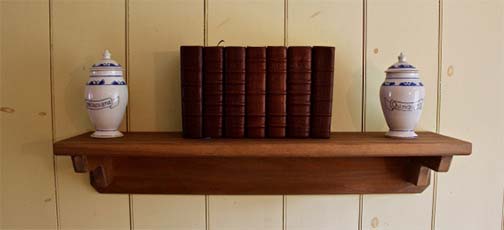
Cupboards. Cabinets. Tables. Floors. Panels. You can use plywood for all of these and much more. That’s because it is one of the most flexible and adaptable products. It can play a significant role in making your home or office not just functional, but durable as well.
There are many different varieties of plywood, based on use. Apart from homes and offices, some types are specially made for exterior use, for industrial and marine use, and you can even get varieties that are fire resistant.
Many homes all over the country make use of various types of plywood. When it comes to which plywood you should choose for which purpose, there are a few things that you should keep in mind.
Softwood plywood is one of the most common types. It’s generally constructed from cedar, mango-wood or pines and firs. It’s an excellent choice for shelves, exterior frames, sub-flooring, partitions and structures such as sheds and housing for pets.

Hardwood, on the other hand, is made from wood such as teak or birch. It’s commonly used for cabinets and furniture because it has a smooth and pleasing finish. It’s stronger than softwood, and that’s why it can even be used for toys and even musical equipment.
Plywood can be treated in several ways to give it various desirable properties. Some plywood, for example, is treated with a unique formula to make it borer and termite proof. CenturyPly uses the unique GLP formula to impart this property.
One of the varieties offered by CenturyPly uses a technique known as pre-pressing, in which each layer is treated with preservatives before pressing. This leads to equal distribution of moisture and adhesive across the surface. The advantage is that it becomes warp-resistant.
Other types of plywood come with extra layers, as well as precisely-calibrated sizes. These have thickness and resistance that are perfect for floors. They are engineered to withstand pressure, shocks, and the passage of years with ease.
These, then, are the basic types and uses of plywood. It's a versatile and wide-ranging creation that can be adapted to so many ends. The variants, treatments and thicknesses mean that plywood can satisfy almost any need. Leaving you with interiors can also stand the test of time.
Loading categories...